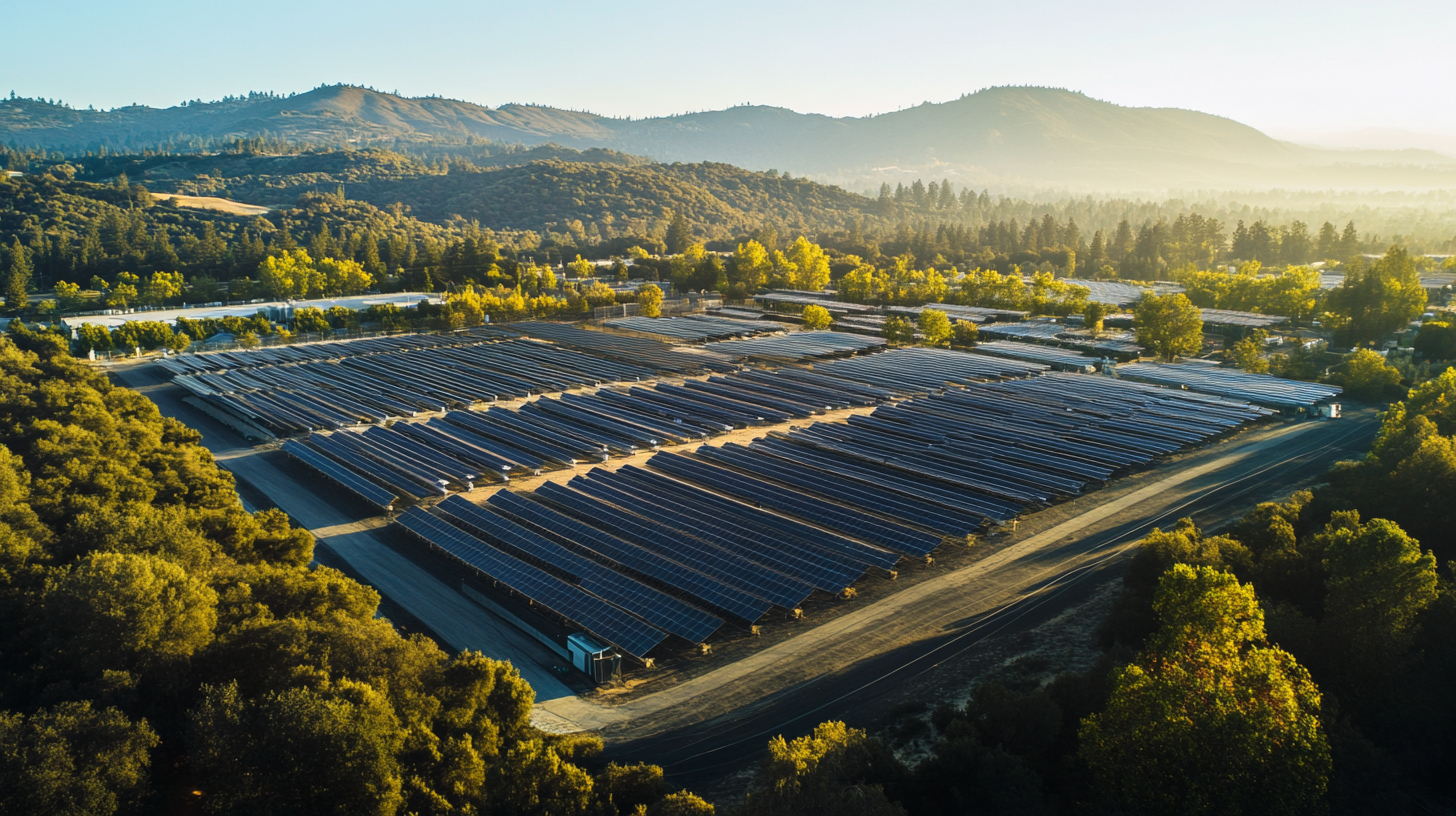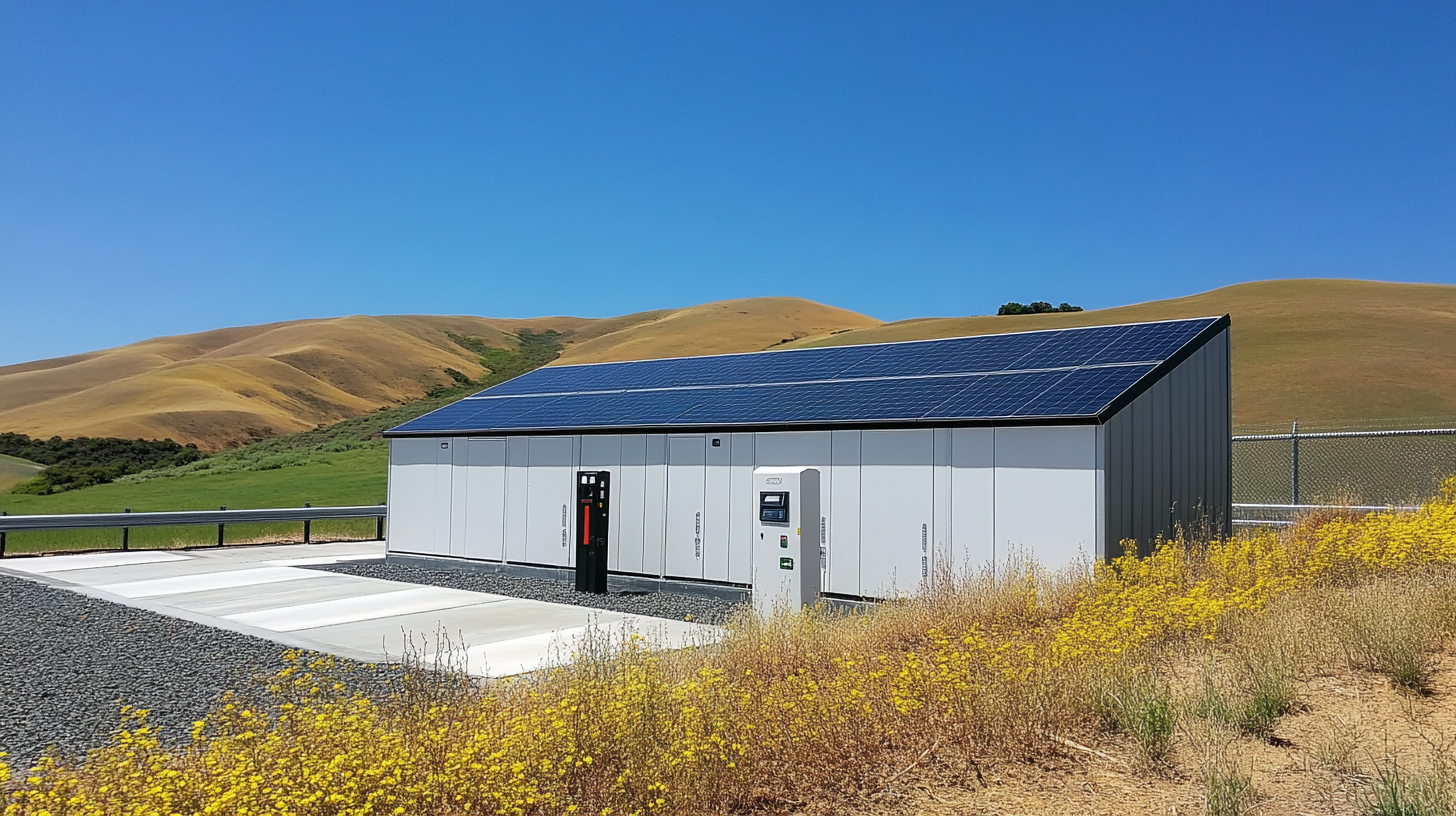As the global renewable energy landscape evolves, the significance of Solar Storage Battery Cost in driving the adoption of solar energy solutions has never been more pronounced. According to a recent report by BloombergNEF, the cost of lithium-ion batteries, essential for solar storage, has decreased by nearly 89% over the past decade, positioning them as a robust option for energy resilience. By 2025, projections indicate that the average price of solar storage systems will continue to decline, making them more accessible to both residential and commercial users. The International Energy Agency (IEA) states that energy storage could provide up to 30% of the total electrical capacity needed to support a renewable energy-dominated grid. As we approach this pivotal year, understanding the cost trends and implementing effective strategies becomes crucial for stakeholders aiming to capitalize on the transition towards a sustainable energy future.

As we look towards 2025, emerging trends in solar storage battery costs are pivotal in shaping the future of energy. A notable shift is taking place as Japan transitions from lithium to sodium batteries, highlighting a strategic pivot aimed at enhancing energy storage and bolstering supply chain resilience. This move reflects a broader industry response to the rising demand for more sustainable and cost-effective energy solutions. Not only could sodium batteries offer a cheaper alternative, but they also promise less dependency on lithium, which has been subject to volatile price fluctuations.
Moreover, the energy landscape is witnessing unprecedented growth in solar and battery storage capabilities. It is projected that solar energy will meet more than 50% of global energy demand by 2035, supported by advancements in technology and decreasing costs. The Energy Information Administration anticipates that in 2025, a staggering 81% of new utility-scale generation capacity will consist of solar and battery storage systems. This alignment between cost reduction and technological innovation positions solar energy as a cornerstone of the global transition to sustainable energy. As investments in the energy transition surpass $2 trillion, the strategic focus on solar storage will be crucial for understanding and navigating the energy markets in the coming years.
| Year | Average Cost (USD/kWh) | Market Share (%) | Key Drivers for Cost Reduction |
|---|---|---|---|
| 2021 | $150 | 10% | Increased production efficiency |
| 2022 | $130 | 15% | Scale economies |
| 2023 | $110 | 20% | Technological advancements |
| 2024 | $95 | 25% | Material cost reduction |
| 2025 | $80 | 30% | Innovation and R&D investment |
As the global demand for renewable energy surges, the pricing of solar storage batteries is heavily influenced by several key factors. One of the primary considerations is the cost of raw materials, particularly lithium, cobalt, and nickel, which are essential for battery production. Fluctuations in the supply chain, driven by geopolitical tensions and mining practices, can cause significant price volatility. Furthermore, advancements in extraction technologies and recycling methods may alleviate some pressure by improving materials accessibility, thereby stabilizing costs in the long run.
Market dynamics also play a crucial role in shaping battery prices. The increasing competition among battery manufacturers fosters innovation, resulting in more efficient production processes and cost reductions. Additionally, government policies and incentives aimed at promoting clean energy technologies influence market trends. Countries implementing aggressive renewable energy goals are likely to see an uptick in demand for solar storage solutions, which can further drive investment into R&D and production capabilities. Understanding these factors will be essential for stakeholders navigating the evolving landscape of solar energy storage.

The landscape of solar battery storage is undergoing a remarkable transformation driven by technological innovations that promise to redefine energy management by 2025. As per a recent report from BloombergNEF, the cost of lithium-ion batteries, crucial for solar storage, has fallen by over 89% since 2010, with projections indicating further declines that could see prices drop to below $80 per kWh by 2025. This significant reduction in costs is largely attributed to advancements in battery chemistry and production techniques, including the emergence of solid-state batteries which offer safer and more efficient energy storage solutions.
Moreover, technologies such as artificial intelligence and machine learning are optimizing energy storage and usage patterns, enabling smart management of resources. According to a report by the International Renewable Energy Agency (IRENA), the integration of AI in battery operations can enhance efficiency by up to 30%. Innovations such as these not only improve the performance of solar batteries but also facilitate greater adoption of renewable energy sources, making sustainable energy more accessible to consumers and businesses alike. The convergence of these advancements suggests a promising horizon for the solar battery storage market, fostering a more sustainable energy ecosystem.
As the demand for renewable energy sources continues to rise, investing in solar storage solutions has become increasingly strategic. The landscape of solar storage technology is evolving, making it essential for investors to understand the key considerations that influence both market viability and profitability. Factors such as battery chemistry advancements, production costs, and government policies play a significant role in shaping investment strategies. With declining costs for lithium-ion batteries, alongside innovations in alternative storage technologies like solid-state batteries, investors have a plethora of options to choose from.
In addition to technological advancements, geographical market trends should also be factored into investment decisions. Regions with greater solar energy adoption, such as California and parts of Europe, present unique opportunities backed by favorable regulations and incentives. Additionally, understanding the energy storage market's dynamics, including peak demand times and grid independence, can enhance the positioning of investments. By analyzing these strategic considerations and aligning them with emerging trends, investors can navigate the solar storage landscape effectively and maximize returns in the coming years.

As we approach 2025, regulatory changes are poised to significantly impact the cost and adoption of solar storage batteries. Governments worldwide are increasingly recognizing the importance of renewable energy in achieving climate targets and reducing reliance on fossil fuels. This shift has prompted the introduction of incentives aimed at both manufacturers and consumers, which could lead to a decrease in battery costs. Regulations promoting the use of advanced materials and innovative manufacturing techniques may not only enhance efficiency but also drive down prices, making solar storage more accessible for a broader demographic.
Furthermore, the anticipated regulations surrounding recycling and sustainability will likely shape the future of battery adoption. Manufacturers will need to adapt to new standards that promote circularity and reduce environmental impact. These regulatory frameworks could encourage the development of more sustainable materials, reducing reliance on scarce resources. Consequently, consumers are likely to become more environmentally conscious, leading to a greater demand for eco-friendly solutions. Overall, navigating these regulatory landscapes will be crucial for stakeholders looking to capitalize on the evolving solar battery market in the coming years.